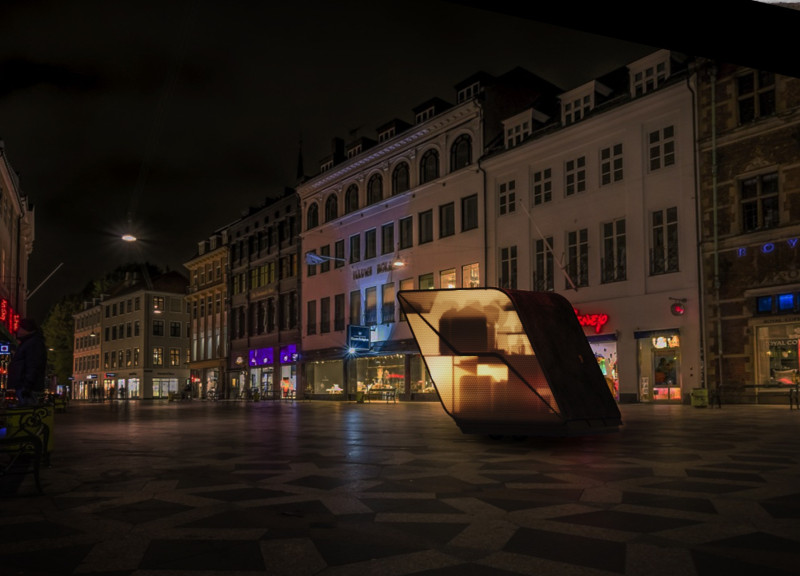5 key facts about this project
At its core, this project represents a blend of aesthetic appeal and practicality. The design is purposefully oriented to optimize natural light and enhance the overall user experience, which plays a critical role in the architectural journey. Key elements of the layout have been carefully considered. The spatial organization allows for a fluid movement throughout the interior spaces, promoting accessibility and convenience for all users.
Materiality is a significant aspect of this project, with a selection that emphasizes transparency, sustainability, and durability. The use of materials such as concrete, glass, steel, and wood speaks to a modern vernacular that prioritizes both form and function. For example, expansive glass windows not only contribute to the visual connection with the outdoors but also facilitate passive solar heating, minimizing energy costs and enhancing environmental efficiency. The concrete forms provide structural integrity and offer a sense of permanence, while wooden accents bring warmth and texture to the design, fostering an inviting atmosphere.
In addition to its practical functions, the design incorporates unique architectural approaches. The project employs principles of biophilic design, effectively connecting occupants with nature. This is manifested through green roofs, vertical gardens, or integrated outdoor spaces that encourage interaction with the surrounding environment. Such considerations enhance overall well-being, creating spaces that are not only livable but also nurturing.
Special attention has also been paid to the incorporation of communal areas within the architecture. These shared spaces serve as focal points for social interaction, fostering a sense of community among users. The design encourages collaboration and engagement, promoting a healthy lifestyle while accommodating diverse activities and gatherings. This reflection of community values within the architectural design further underscores the project's intention to create inclusive environments.
The structural elements of the design reveal the designer’s commitment to innovation in construction methods and practices. By utilizing advanced techniques, the project showcases an ability to reduce waste and streamline the building process, aligning with contemporary sustainability initiatives. This strategic approach is indicative of a broader understanding of architectural responsibility in addressing environmental challenges.
As one navigates through the building, attention to detail becomes apparent, with each architectural design decision contributing to a cohesive overall narrative. Whether through the use of color, texture, or light, every detail works in harmony to elevate the user experience while remaining firmly rooted in reality.
For those interested in a more in-depth exploration of this project, reviewing architectural plans, sections, designs, and ideas will provide greater insights into its comprehensive vision. These elements lay the groundwork for understanding not only the intricate details of construction but the philosophy that guided its development. Engaging with this information will further illuminate the nuances of the design and illuminate its contribution to the broader architectural landscape. Feel free to delve deeper into the project to appreciate the full breadth of its architectural achievement.


























